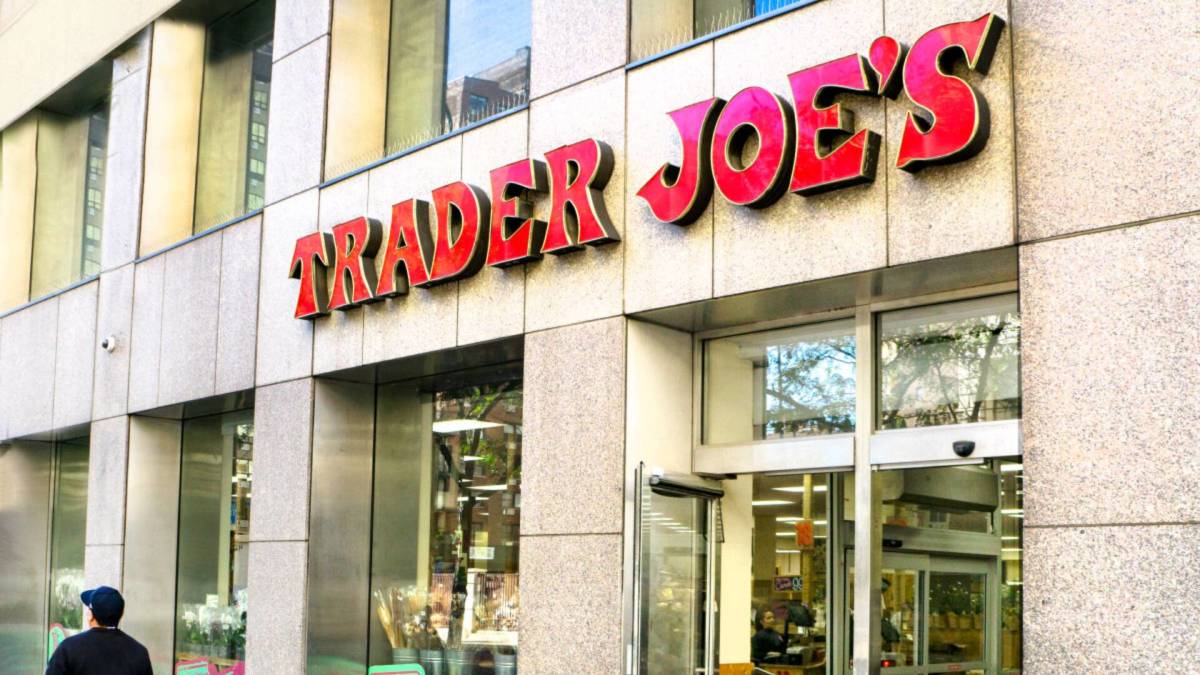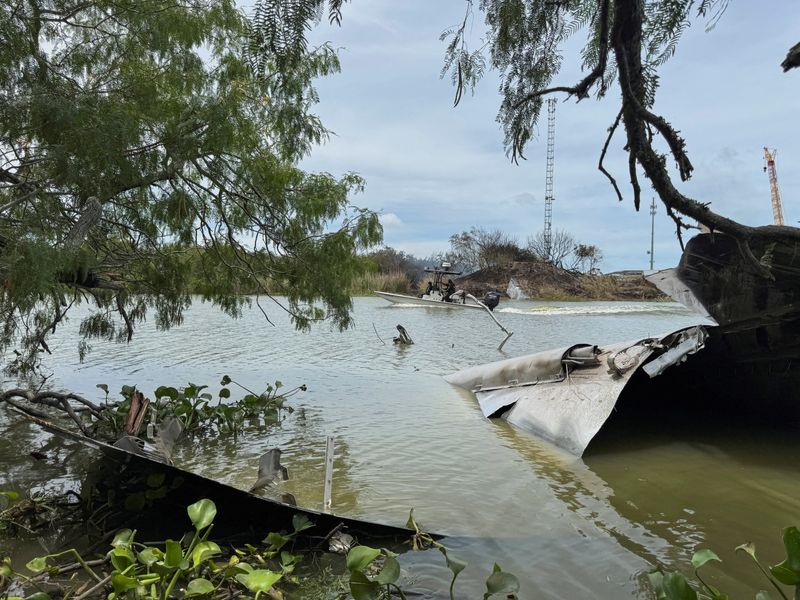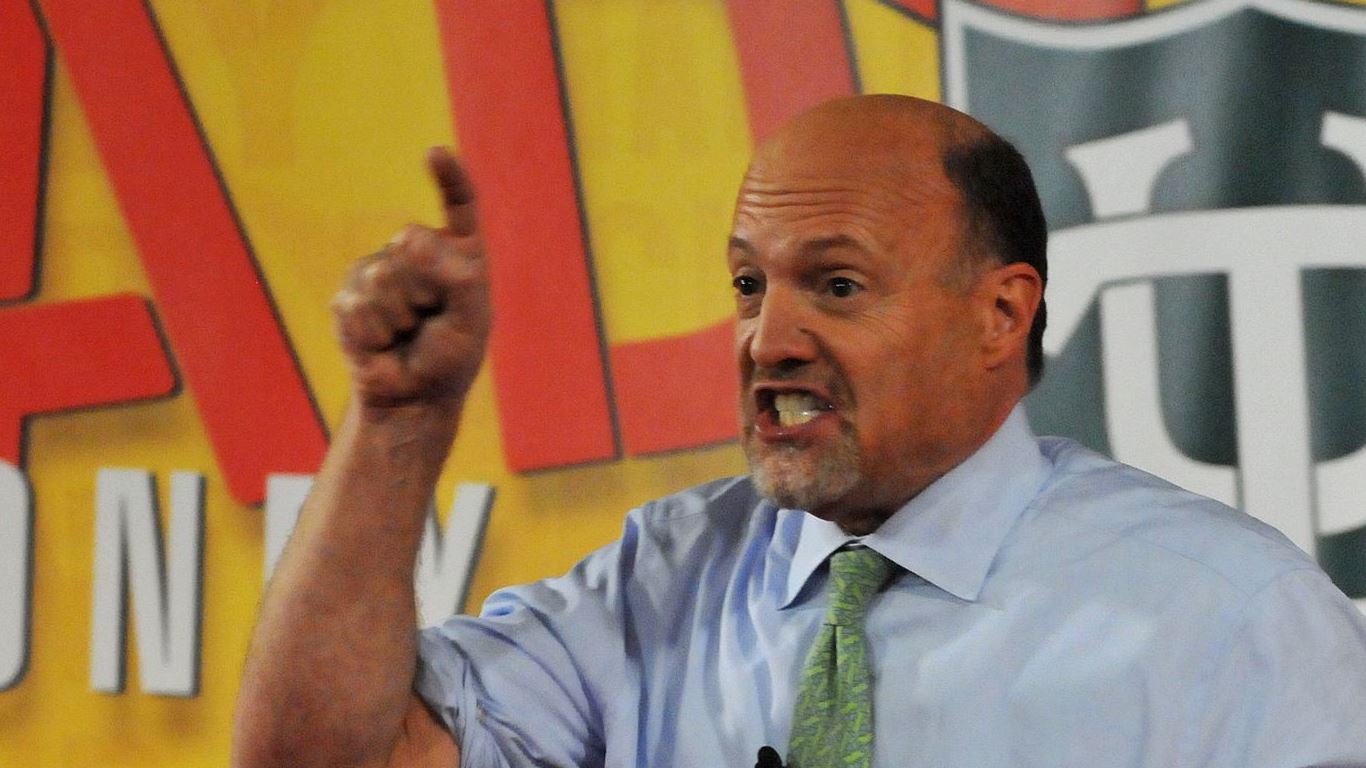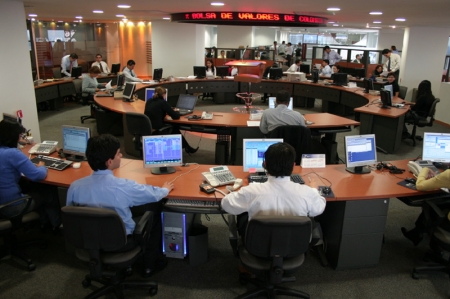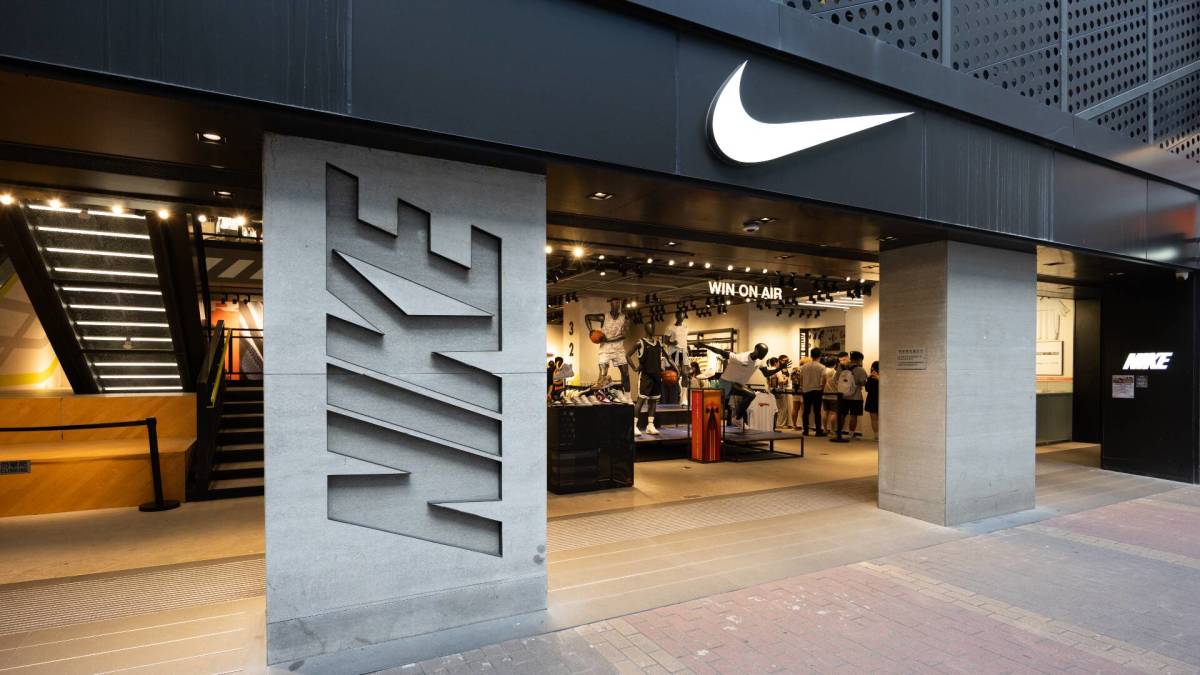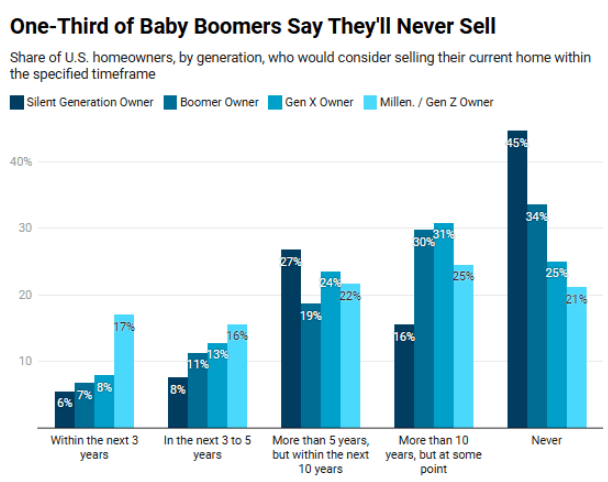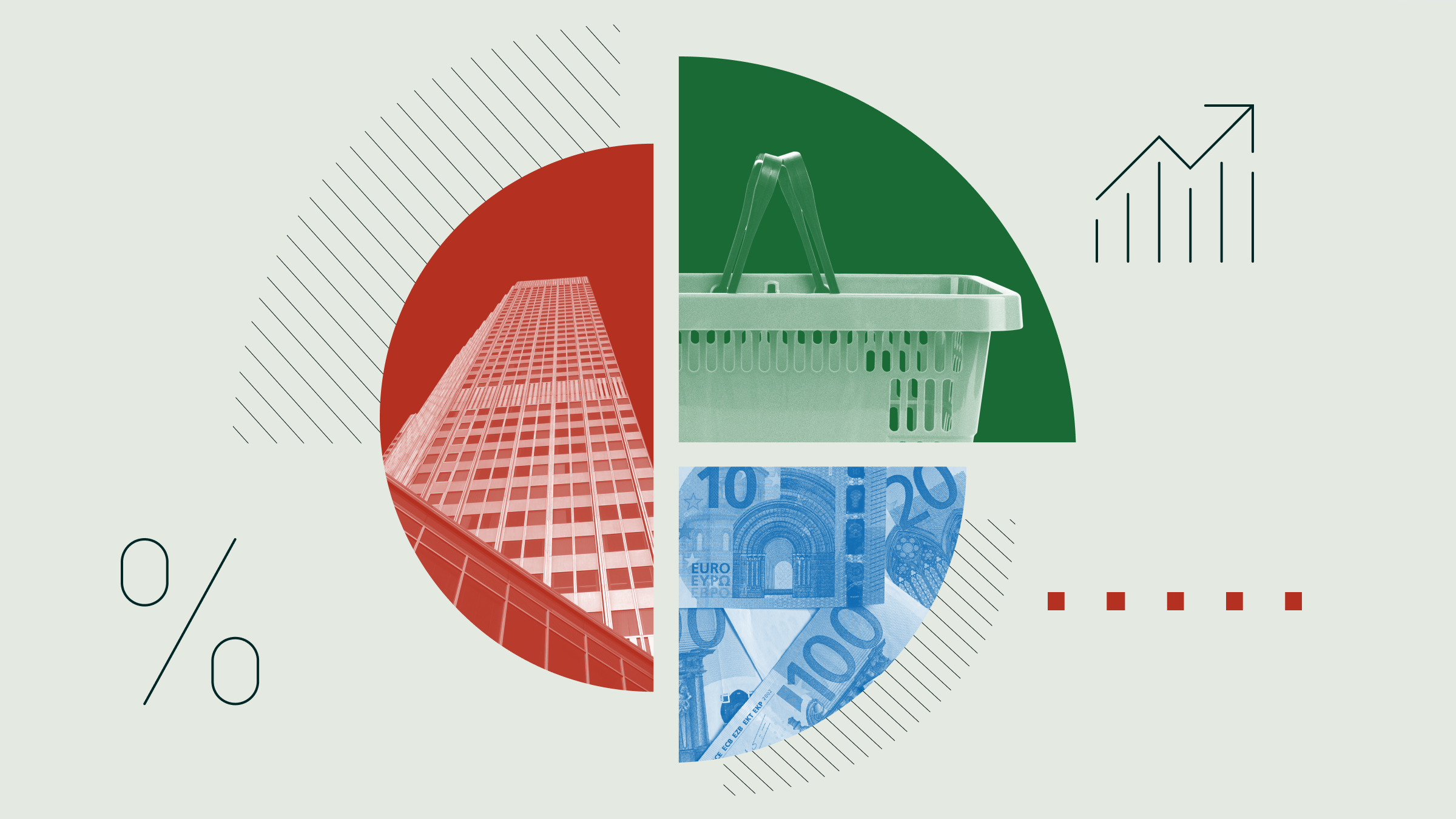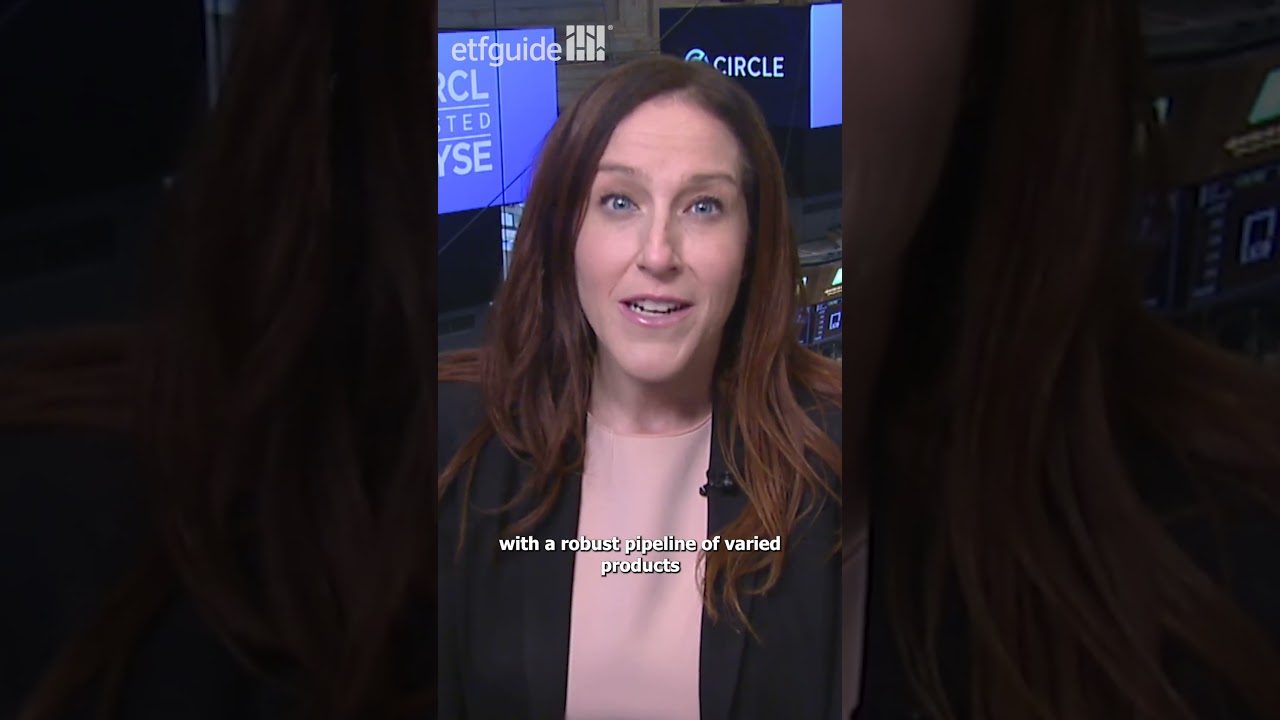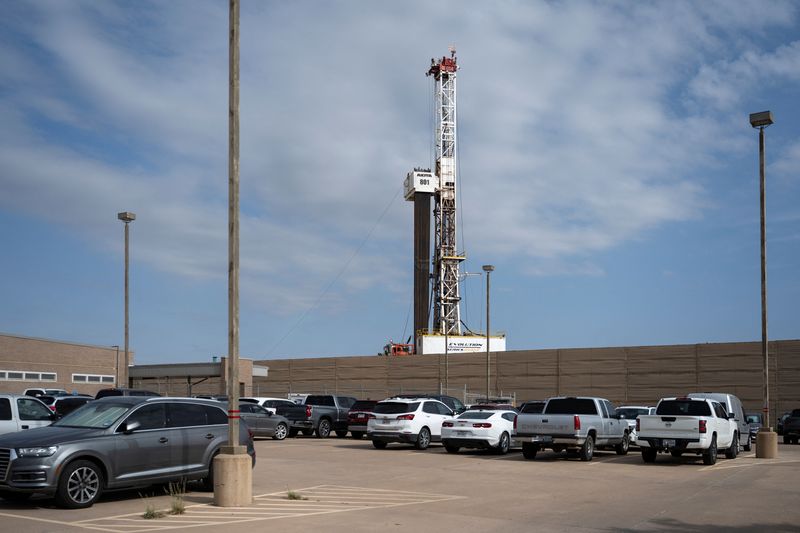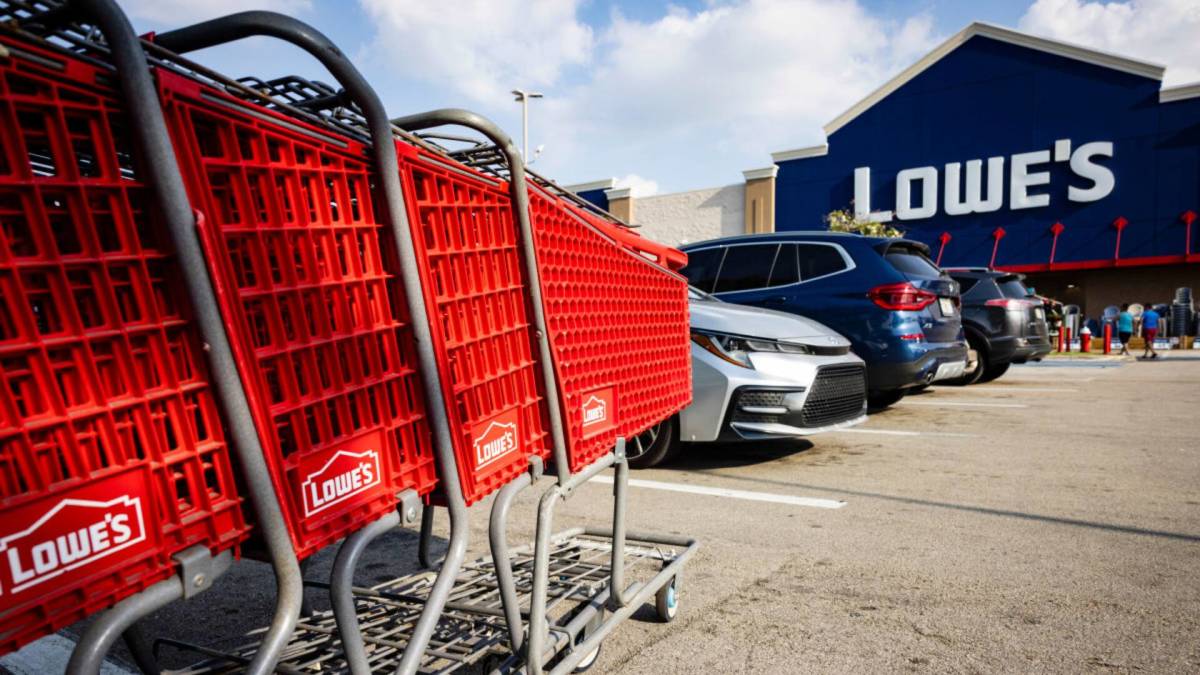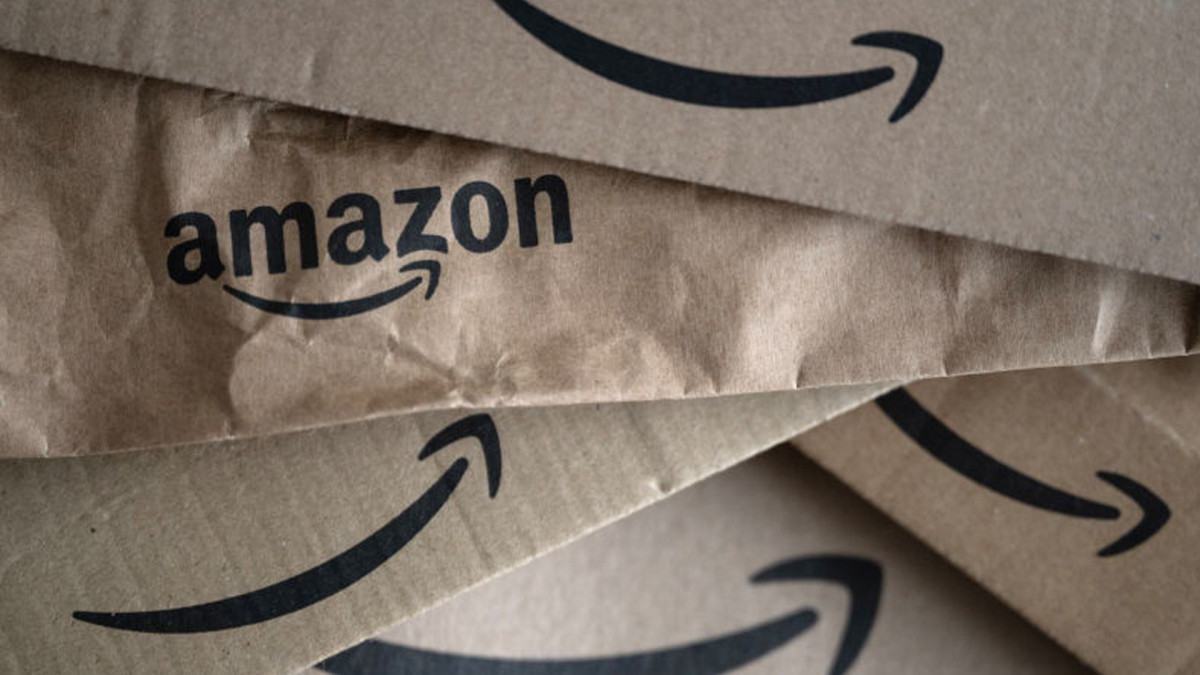FedEx’s delivery mess is about to hit your doorstep
FedEx is making a change to its delivery network, and customers may pay the price.
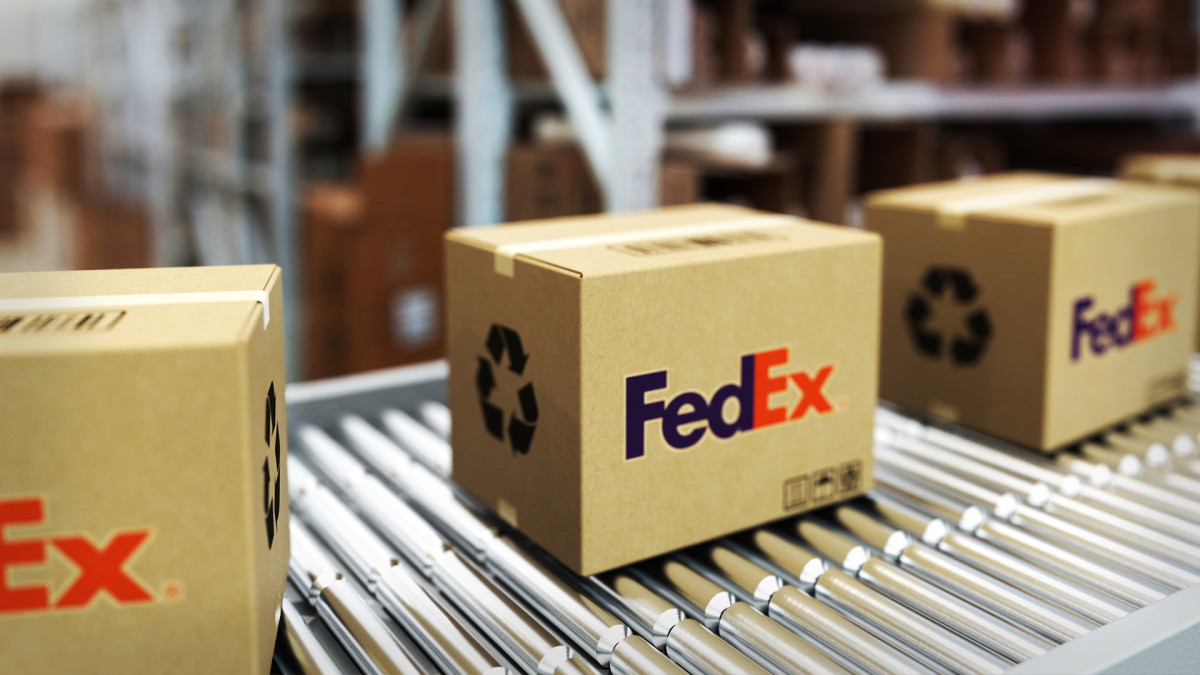
Anyone who’s ever waited for a delivery knows the drill.
You get the shipping confirmation. You check the tracking page once…then again… then 17 more times. It’s “out for delivery,” until suddenly it’s “delayed.”
Maybe it’s weather. Maybe it’s a reroute. Maybe it’s entered a parallel universe and is now vacationing in Bermuda.
And when it finally shows up, the box looks like it lost a fight with a forklift.
These days, it feels like more and more packages are falling into that black hole of uncertainty.
Related: Nike fumbles its biggest launch of the year
Online forums are filled with complaints about missing shipments, unexpected delays, and vague tracking updates that stop mid-route.
For some it’s not just annoying...it’s disruptive. Especially when you’ve planned your day around a signature. Or when the item is time-sensitive, expensive, or irreplaceable.
Of course, some delays are inevitable. But when the problems become systemic, it raises a bigger question:
What’s really going on behind the scenes?
Because this isn’t just a case of bad luck or a one-off blip. Something is shifting inside the system — and if you’ve felt it, you’re not alone. Image source: Shutterstock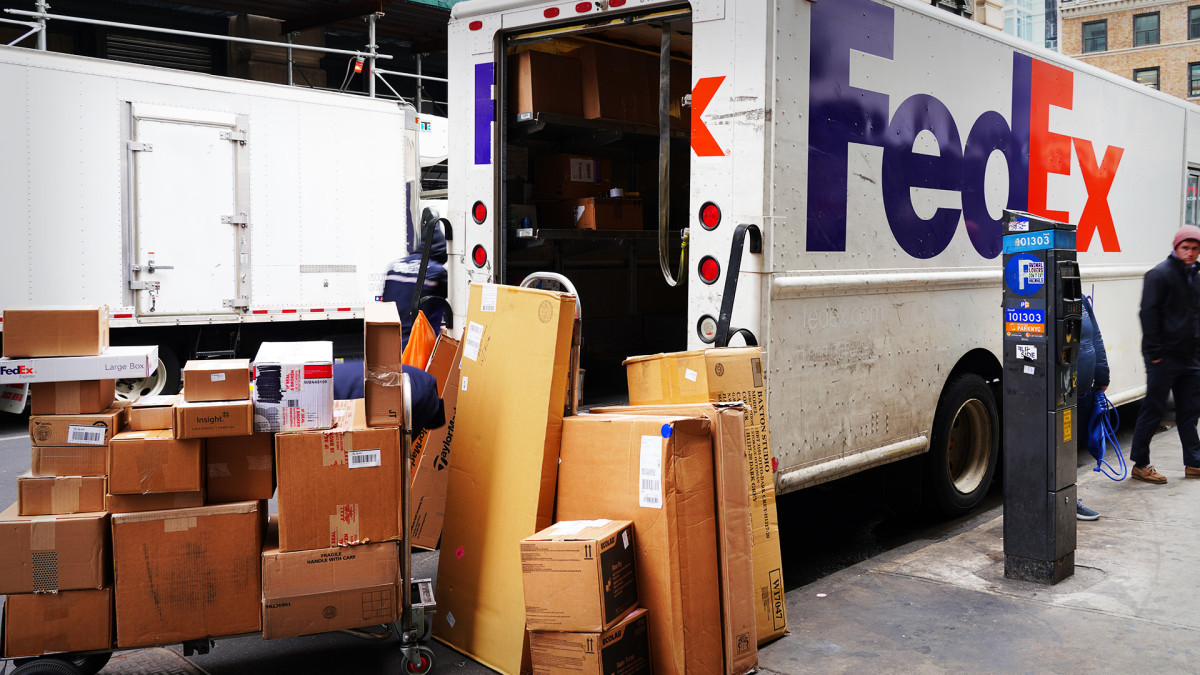
FedEx delivery network overhaul includes 100 closures
As of May 31, FedEx confirmed it had shut down 100 stations and converted 290 others as part of its yearslong Network 2.0 rollout.
That number is set to climb even higher with 63 more stations in 20 markets undergoing changes by the end of June.
The company says the goal is to streamline operations, eliminate overlap, and combine Express and Ground into one unified delivery system.
That all sounds clean and efficient...until your package gets caught in the middle of a network that’s being rebuilt in real time.
Related: Lululemon makes drastic cuts as part of strategy change
On the company’s latest earnings call, CEO Raj Subramaniam said FedEx expects about 2.5 million daily packages to flow through these newly optimized stations by the end of June.
That’s a big chunk of the 13.8 million average daily U.S. shipments the company handles.
Executives insist the transformation is going smoothly. Subramaniam said, “I was just so delighted to see how well they have done, the morale of the team and how the team is working together.”
But with physical facility closures, re-routed delivery paths, and fewer pickup appointments, there’s no denying the customer experience is changing. And everyone's noticing that it's not always for the better.
FedEx overhaul cuts costs and could test customer patience
FedEx is betting big on Network 2.0.
The company expects the changes to eventually save $2 billion annually by the end of fiscal year 2027. If it works, that's a huge win for FedEx. But in the meantime, the move puts pressure on an already fragile system.
By consolidating pickups and adjusting routes, FedEx hopes to be more competitive with UPS and simplify the process for shippers who no longer have to schedule separate pickups for Express and Ground.
But fewer stations and more centralized routes could mean longer wait times, less flexibility, and more strain on remaining hubs.
Brace for a fresh wave of delivery rage.
FedEx is also planning pricing changes in August to reflect its new system. What that actually means for customers remains to be seen, but history says price hikes are more likely than discounts.
So yes, this overhaul could make the network more efficient.
But the question for customers is: efficient for whom?
Because when a shipping giant starts slashing stations and calling it “progress,” the people waiting on the other side of the door, often empty-handed, don’t always agree.
In the meantime, I’ll be over here refreshing my tracking page…and praying it doesn’t just say “in transit” forever.
Related: Amazon’s Alexa AI upgrade is even worse than expected



































